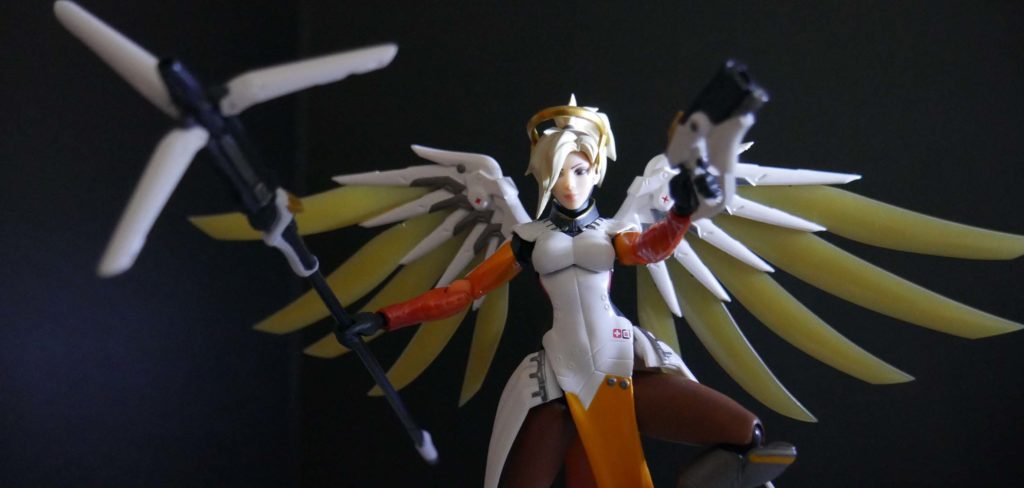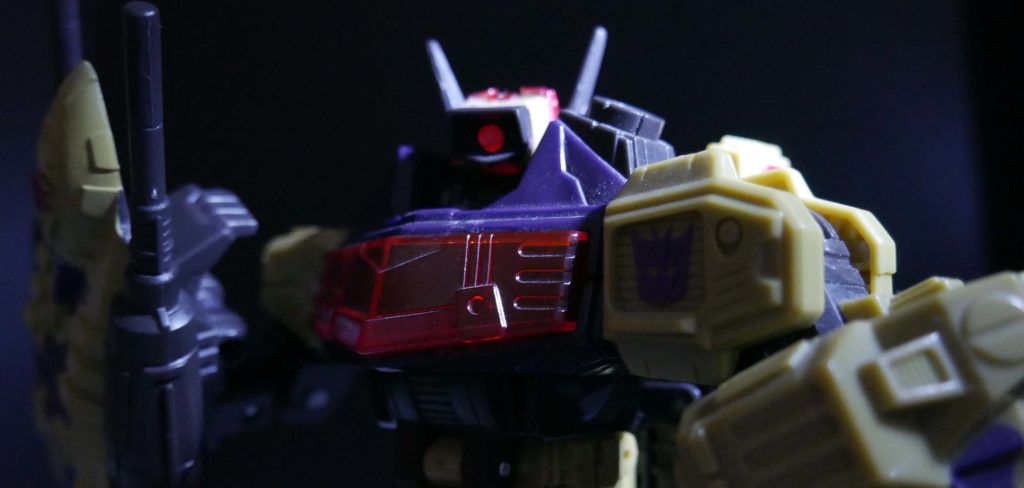
Action figures are not cheap, and these days, it seems like they’re more expensive than ever. The short answer to why action figures in general are more expensive than they used to be is: Inflation. That seems like a generic answer that doesn’t cover every base though, so I’m going to dive into some other reasons why action figures are more expensive these days, and, more specifically, why certain action figures might be sold for a much higher price than others.
The Material the Figure is Made from Can Be Expensive
The material used to make action figures comes at a price. The plastic, metal, and paint on your action figures are from natural resources that are affected by things such as inflation and the cost of trade, which can be volatile. Figures/figurines made from materials considered to be “higher quality” such as PVC (Polyvinyl Chloride) are going to be even more expensive by default. When action figures are being valued and the pricing set, they must first calculate the cost of all the materials. This can lead to even the most basic figures costing $40-50. Depending on what they’re made from, it simply may not be cost-effective to charge any less.
Who is Holding the Rights to those Characters?
Most action figures are based on something. Be it anime, comic books, cartoons, or some other form of media. The rights to the characters are all owned by someone. The owners are not typically in the action figure making business, they will outsource it to other companies. Those companies will pay for the rights to make the action figures and potentially give a cut of the sales to the trademark owner. Depending on who owns the rights, who the manufacturer is, and how large the operation is can all factor into the pricing of the action figures. This is why the smaller named, lesser-known figures are going to be more expensive than ones that can be mass-produced. Conversely, big brands such as Star Wars KNOW they are going to sell their figures and can afford to sell the manufacturing rights for far more.
Rare Action Figures Tend to be More Expensive
The rarer something is the more valuable it is. It doesn’t even have to be good quality, or functional. if there are only a few, the value will tend to go up. You see it in cars all the time, an old Aston Martin could cost millions, a newer one could cost only a hundred thousand even though it is far superior with more bells and whistles. This is the same when applied to action figures. If it has perceived value and rarity, then it is valuable. This is most commonly found in older action figures that have long since stopped being produced.
The older an action figure is, the more likely it has stopped being manufactured, the existing ones have been lost or damaged, or in some cases opened. If you have an action figure still in its original packaging, the older it is the more valuable it is. For example, the action figure of Vlix, who existed in a one-off short Star Wars cartoon in 1980, in its original packaging is worth $30k; because there are so few of them, and even fewer that have been preserved. It isn’t always the packaging that matters, for example, the original prototype G.I Joe action figure is truly one of a kind and was last sold for $200k. Just like the old Aston Martin, it is no better than the newer figures, but it is just far rarer.
Most action figures will seem some increase in value as the years go on if they are kept unopened in the original package. As time goes one, there will be less and less of any individual figure preserved in its packaging. The less of them there are, the more valuable the ones remaining will become.

The Inescapable Rule of Supply and Demand
Sometimes action figures are only manufactured for a short window of time, sometimes they are referred to as limited additions, sometimes they are simply just not produced anymore for one reason or another. The way the value here is calculated is all supply and demand. If there are only 1000 figures made, and 10,000 people want one the price could be $100. If there are only 1000 figures made but a million people want one, the price will skyrocket. Occasionally, this backfires, when there are limited edition action figures released but no one wants them. When action figures are manufactures, part of the way the price of that figure is determined is demand. How many people want it, and what are they willing to pay?
Sometimes it may not even be that a very limited number of a certain figure is produced. Sometimes a certain action figure will sell for very high prices simply because most buyers think the figure is really cool, and that’s it. This is unpredictable, and is part of reason why investing in action figures may not always be the best idea. I expand more on this here if you’re interested in reading more about that.
The Primary Audience for Action Figures is Aging
This is just a theory I have, and I can’t say that I have any numbers to back this up, but I have a feeling that kids under the age of 14 are not the true target demographic for prominent action figure lines like Star Wars, Marvel Legends, and Transformers. Kids are more and more absorbed with screens and gadgets these days (actually, I believe they have been for a while now), and though plenty of parents still buy action figures for their kids, and plenty of kids still want action figures, the number of kids who want them may be shrinking. I suspect that action figure retail prices may climbing partially because figures are being aimed at adult collectors who have the money and the willingness to pay higher prices. This is just a theory that I have, and I may write a post expanding upon it in the future.
Conclusion
Hopefully, this article has given you an insight into why action figures can cost so much. They aren’t being overvalued most of the time, they are simply just that in demand. A collector will pay a hefty sum for a mint condition action figure, still in its packaging. That means that the price for everyone else trying to buy one will go up. It is often the collectors themselves that drive the prices up. Just remember, rarer doesn’t always mean better, but it does usually mean more valuable.
Related Articles
Can Plastic Toys Be Recycled?
Answer: It is very difficult to recycle toys due to the variety of materials used in making them, including plastics, metals, paint, etc. That being said there are some services you can consult such as TerraCycle, your local municipal company, and possibly the...
What To Do With Old McDonald’s Toys?
Answer: There are several different options for getting those old McDonald’s Happy Meal toys off your hands. You can sell, donate, recycle, or just throw them away. So, after many Happy Meals, you have managed to accumulate a fair number of McDonald’s Happy Meal toys,...
How Are Action Figures Made?
Very few people have considered just how much work goes into creating action figures. They are not born overnight, it takes months, sometimes years, of lobbying and preparation for action figures to be produced for popular franchises. This article will provide an...
Can I Put Action Figures in a Fish Tank?
Answer: Unless you're using some kind of sealant on the figure, its probably not a good idea to put it in your tank with your fish. The plastic, paint, metal, stickers, and other materials that make up the figure could contaminate the water and poison your fish. You...
Are Action Figures a Good Investment?
Answer: They could be, but it depends on a number of factors: the specific action figures, the demand for those figures, the popularity of the franchise, and you—yes, you—the person doing the collecting. Are you considering starting an action figure collection as an...
Do Action Figures Increase in Value?
Answer: Whether or not a specific action figure increases in value is largely dependent upon the figure. Some figures will show significant increase in value over time, while other will see little to no increase. Regardless, if you want your figures to increase in or...
